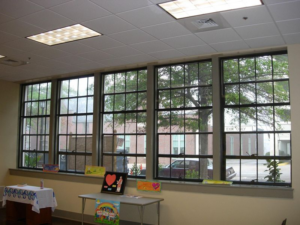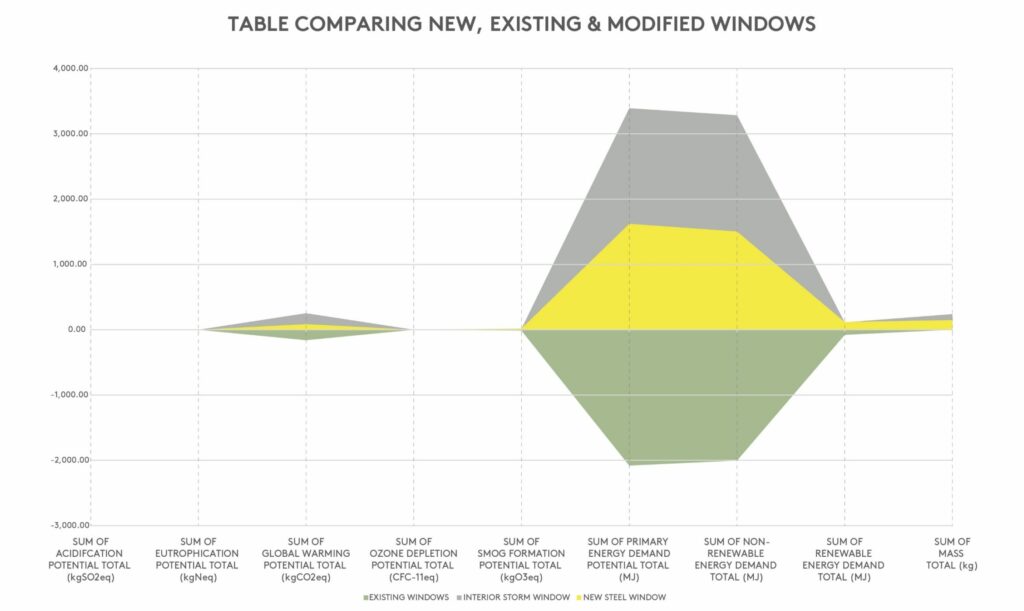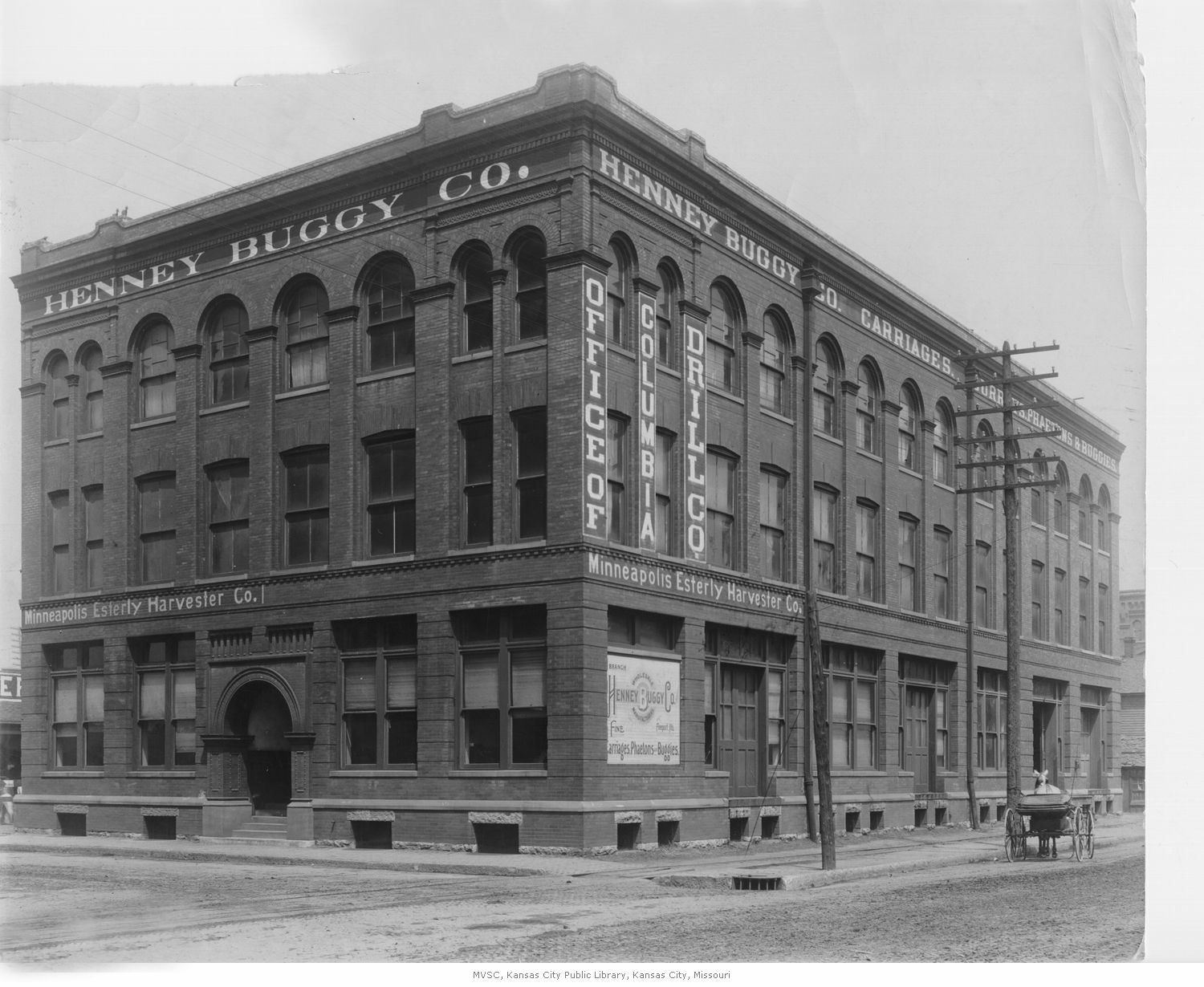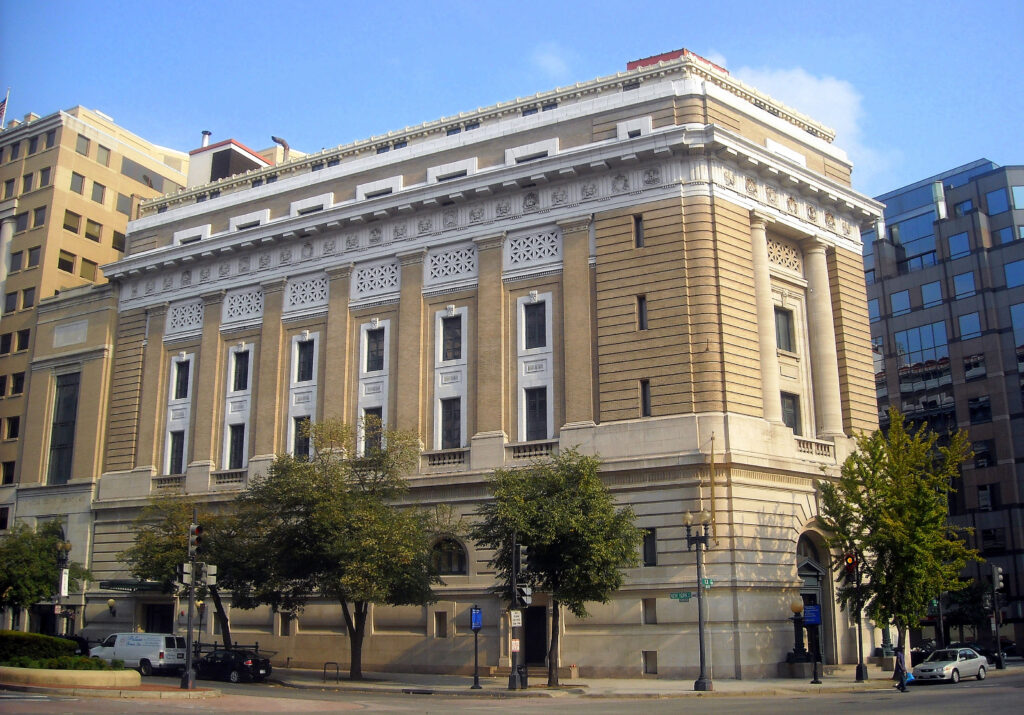DRAW has been investigating the benefit of interior storm windows for the past few months. This research is based on the work being done for the new DRAW office building at 1400 W 13th St. This blog will use actual numbers and calculations from PlanIT Impact to show the energy and cost savings provided by interior storm windows. This research also includes an embodied carbon study conducted through Tally and financial numbers that include the benefits of Historic Tax Credits (HTC).
In the case of 1400, keeping the existing exterior windows is critical to maintaining the building’s historic character. The National Parks Service (NPS) is resistant to replacing the existing windows. Window replacements can occur on historic buildings, but this typically occurs when the existing windows are in terrible condition and replacements has been selected that are NPS-approved. The windows at 1400 are in remarkably good shape. They are still operable and are more of a design feature rather than a design failure. That being said, it can make our energy goals difficult to obtain with the existing single-pane glass and steel frame (which isn’t thermally broken). The solution to achieving better window performance, in this case, is an additive solution to the interior with a minimal frame and glass with Low-E coatings. The specified solution was from Allied Windows because of the minimal frame, cost-effectiveness, and customization – allowing each window to be measured and sized accurately, ensuring each interior window has a tight bond between the frame and the existing building.
To better understand the full scope of the sustainable narrative, we need to consider the materials being supplied and removed. In the case of 1400, we are not removing any of the existing window material and are adding a minimal window because of its interior application. Replacing the existing windows would require the removal of existing material (creating waste) and installing new replacement windows. The replacement windows would require more material than interior storm windows due to their exterior application. They would need to be thermally broken, structurally self-supporting, and require multiple layers of glazing. When considering this, it becomes easier to understand why interior storm windows are more affordable and have a lower embodied carbon.


Interior Storm Windows Image from Allied Window Website Replacement Window Image from Google
Visually, this interior-only solution feels very similar. Our research shows that the selected interior storm windows work best with existing metal windows. Wood windows have many more other solutions that have a more aesthetic appearance.
The Embodied Carbon

The embodied carbon of keeping the existing windows, paired with interior storms, is significantly less than replacing everything with new steel windows.
In this chart, the gray shows the embodied carbon of replacement windows, and the yellow shows our hybrid solution of existing windows with interior storms. The Green indicates the embodied carbon of doing nothing (not an option in this case, but a control for our analysis). As shown in the chart, the hybrid solution has a reduced impact on carbon emissions compared to total replacement. What’s particularly exciting about this data is that it’s similar to other embodied carbon comparison charts, meaning the process and calculations are accurate (good science can always be proven through replication). This chart also gives us specific numbers that can be used to extrapolate data, predict timelines, and understand the impact over time – as seen in the chart below.
 This chart takes the embodied carbon data and applies it over time, adding operational carbon emitted through the use of the building.
This chart takes the embodied carbon data and applies it over time, adding operational carbon emitted through the use of the building.
Each line represents a window type (replacement, interior storm windows, existing), and the area below those lines represents the holistic carbon footprint (operational + embodied carbon). Using data from PlanIT Impact and Tally, formulas are created that carry that data out over time. Points of intersection and the timeframe of intersection are shown. The first intersection is when our interior storm windows become more efficient than the existing windows (roughly within one year of installation). The second intersection is when the replacement windows become more efficient than the existing windows. This takes longer due to the higher embodied carbon of the replacement windows. The third intersection (not shown) is when the replacement windows emit less carbon overall than the interior storm windows, which takes 37 years. Energy-efficient windows are important, but when there is an alternative that will drastically improve the window performance QUICKLY and AFFORDABILITY, high-end, expensive windows are not the best choice. Since the efficiencies of the interior storm windows and replacement windows are very comparable, reducing our carbon footprint, RIGHT NOW is more critical than the long-term reduction, especially when the carbon pay-back period will take 37 years.
In the Intergovernmental Panel on Climate Change’s latest report on climate change, they state that we can mitigate the most extreme effects of climate change by eliminating carbon emissions by 2050. A good way to start down this path is to ensure our embodied carbon is as low as possible.
But wait! There’s more!
As our project is an HTC project, we will receive a tax credit for getting the interior storm windows (like we would for the replacement steel windows), but for 1400, that is a base cost of around $90,000. Replacement steel windows would cost closer to $990,000. As attractive as steel replacement windows would be, at roughly $400 per ft2, it is not viable for most projects.




